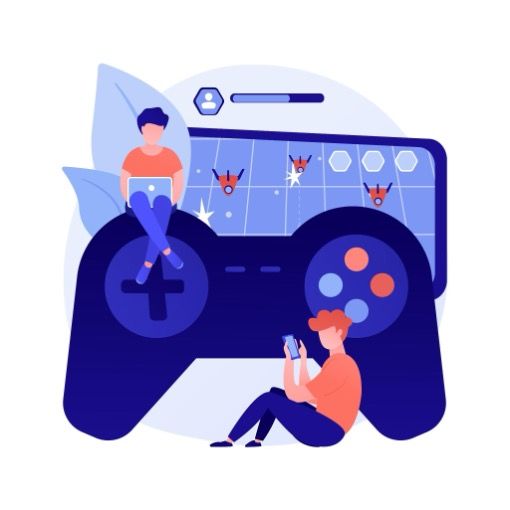Using Gaming Narratives to Rebuild Youth Identity
As concern grows over the impact of excessive gaming on young people’s well-being, there is increasing interest in understanding not only what makes games potentially harmful, but also what makes them so compelling. One dimension that continues to emerge in the academic literature is the narrative structure of games—a feature that may hold significant value for youth identity development and personal reflection, particularly in times of emotional or social uncertainty.
Digital games, especially those in the role-playing, adventure, and simulation genres, often immerse players in richly developed worlds where they can assume identities, make choices, pursue goals, and respond to challenges. According to James Paul Gee (2003), this “projective identity” allows players to connect who they are with who they wish to be. In this way, gaming becomes more than entertainment—it can function as a semi-structured rehearsal space for real-world identity formation. Young players experiment with roles and responsibilities, explore ethical dilemmas, and build narratives around their avatar’s journey, which can in turn inform how they make sense of their own.

Designed by Freepik
This perspective aligns with theories from educational and therapeutic practice. Narrative therapy, as developed by White and Epston (1990), emphasises the ability of individuals to “re-author” their life stories by shifting the dominant narratives they tell about themselves. In youth work, this approach has been applied to help young people move from problem-saturated stories (“I’m lazy,” “I always fail”) to more empowering ones (“I’m persistent,” “I overcame a challenge”). When applied to gaming contexts, this framework suggests that the stories young people engage in through games—with their arcs of growth, risk, and transformation—can serve as symbolic models for rethinking and reshaping their own self-narratives.
Kurt Squire (2008) similarly argues that games create meaningful learning environments not just by transmitting knowledge but by embedding it in context and story. In doing so, they encourage players to reflect on cause and consequence, construct meaning from events, and envision alternative futures. This can be particularly relevant for youth who are navigating personal crises, feelings of alienation, or identity confusion—common precursors to problematic gaming. Rather than dismissing games outright, some scholars and practitioners advocate for understanding how these interactive stories might serve as bridges back to the self.
Of course, this does not negate the real and growing risks associated with compulsive or disordered gaming. Gaming disorder, as recognised by the World Health Organisation in the ICD-11, is defined by impaired control over gaming, prioritisation of gaming over other interests, and persistence of gaming behaviour despite negative consequences (WHO, 2019). Left unaddressed, it can disrupt sleep, education, relationships, and mental health. Yet recognising the risks does not mean ignoring the affordances. By better understanding what draws youth into game worlds—particularly their narrative engagement—we are also better positioned to support their journey back.
The MINDSET project, funded under the Erasmus+ programme, contributes to this evolving discussion by equipping youth workers and organisations with the resources needed to identify and respond to gaming disorder among youth. While its primary focus is on prevention and early identification, the project also recognises the importance of understanding gaming culture more broadly, including the ways young people derive meaning from games.
In the end, understanding games as narrative spaces allows us to ask more nuanced questions—not just “How long are young people playing?” but also “What stories are they drawn to?” and “What roles are they rehearsing?” If we listen carefully, those stories might help us connect with the young people behind the screens, and support them in rewriting their own.
References
Gee, J. P. (2003). What Video Games Have to Teach Us About Learning and Literacy. Palgrave Macmillan.
Squire, K. (2008). Video games and education: Designing learning systems for an interactive age. Educational Technology, 48(2), 17–26.
White, M., & Epston, D. (1990). Narrative Means to Therapeutic Ends. Norton.
World Health Organization. (2019). Gaming disorder. Retrieved from https://www.who.int/news/item/14-09-2018-inclusion-of-gaming-disorder-in-icd-11